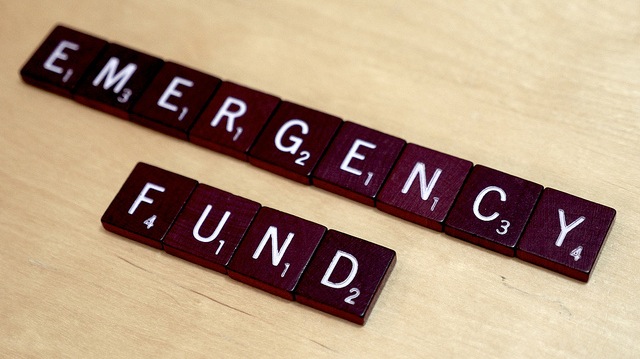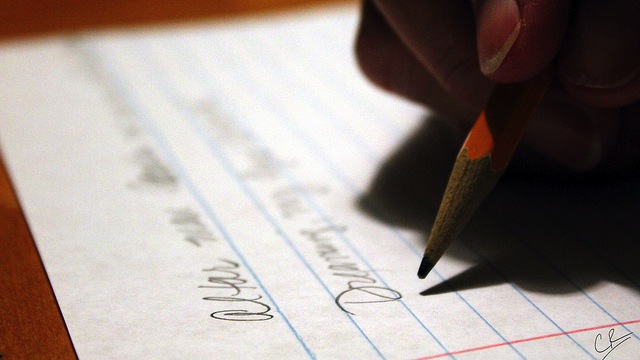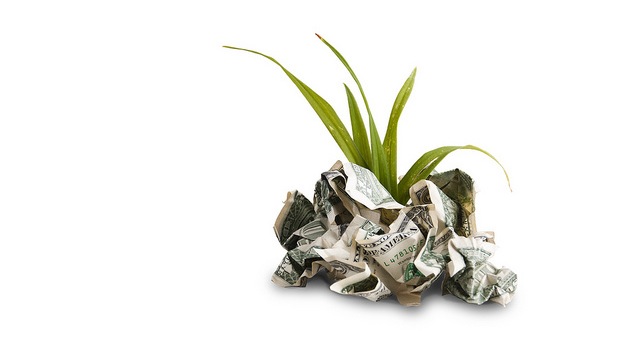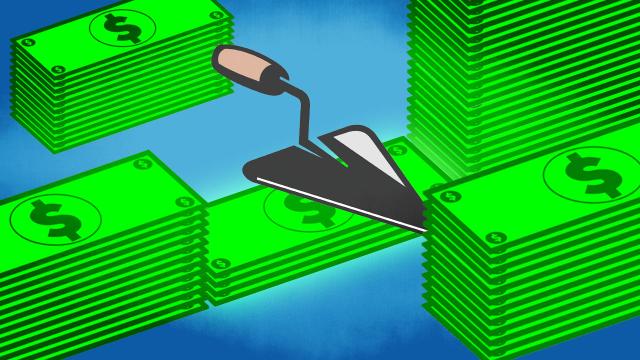Years ago, I switched careers and moved to a new city. Financially, I felt safe, because I had a small emergency fund. If times got tough, that was my safety net. Times did get tough. In one instant, I lost everything. If you’ve depleted your emergency fund, here’s how to go about rebuilding it.
Images by Nick Criscuolo, Simon Cunningham, jim crossley, Michael, Caleb Roenigk, Aaron Patterson
When I switched from full-time to freelance, I did a crappy job of preparing. I didn’t learn much about how my finances would change, including having to prepare and pay my own taxes. One night, after crunching some tax numbers, I realised that not only did I owe much more than expected, I also owed penalties. Yikes. With one giant cheque, my entire emergency fund was gone.
For a long time, I felt vulnerable, desperate and unsure of what to do. But in a year or so, I rebuilt my emergency fund and became financially secure again. Take these steps to re-establish yourself after you’ve lost your safety net.
Create An Emergency Budget

The first thing you should do after losing your emergency fund is re-evaluate your budget. You’re in emergency mode, and you should adjust your monthly spending accordingly. Depending on how severe your situation is, you might consider an emergency budget, as one of our readers called it.
This is like regular budgeting, only you want to cut any spending categories that aren’t necessary. A regular budget might include categories for dining or shopping, for example, but an emergency budget is much stricter. Your financial focus should be on replenishing your fund, so cut out any of these luxuries.
I Heart Budgets offers a few other suggestions for building an emergency budget:
- Get rid of your savings buckets. If you have savings categories for things like holidays, Christmas, gifts, car maintenance and home repair, I suggest removing those first…
- Reduce or remove spending cash. Depending on how bad the emergency is, I suggest greatly reducing , or even removing this category. You can’t spend money that you don’t have…
- Find alternate transportation. You’ve been meaning to take the bus or carpool for a while now, what better time to make the switch than when you can barely afford to drive. It may be a pain in the rear, but you need to save that money to survive.
Also, see if you can find additional ways to be frugal with necessities. Try negotiating your bills, for example (if you haven’t already). The idea behind the emergency budget is to eliminate as much spending as possible until you’ve got at least some kind of safety net.
Yes, it’s usually important to give yourself a little breathing room in your budget. But your emergency budget isn’t anything permanent. It’s a short-term, barebones plan for your state of financial emergency. As you get back on your feet, you can start adding those “wants” back in. When I implemented my emergency budget, I gradually gave myself more room to budge as my situation improved.
Lastly, remember to create a budget category for replenishing your emergency fund. It might not be much at first (mine wasn’t), but as you get back on your feet, you can adjust that amount and other categories accordingly.
Look For Every Opportunity

In desperation mode, something interesting happened to my outlook. What I once thought of as a burden I now saw as an opportunity to rebuild my finances. For example, I was thankful to have overtime at work, even though I normally dreaded this. I also took on other freelance work.
I started noticing opportunities everywhere, however insignificant they seemed. Money earned from my credit card rewards? A small step toward getting back on my feet. A bag full of clothes I no longer wore? I could sell them for some quick cash to put in my fund. It wasn’t much, but it was better than zero.
When you’re in emergency mode, it helps to reconsider windfalls or obligations as opportunities to rebuild your fund. Of course, not everyone has these opportunities. Some people are doing all they can and still find themselves lacking. I can only speak from my own experience when I say a little resourcefulness can go a long way during this time.
Don’t Neglect Your Safety Nets

When you’re in a vulnerable situation, you don’t want to make things worse. There are things you tell yourself you can’t afford when you’re broke, such as insurance. It’s easy to skip out on these and consider them luxuries. But not preparing for the worst can get you stuck in a pay-to-pay cycle. All it takes is one accident without a safety net, and your financial situation goes from bad to desperate. Been there; don’t want to go back. This time around, I learned to keep myself covered, not in spite of the fact that I was in emergency mode, but because of it.
Develop A Backup Plan

The scariest part of losing your emergency fund is the possibility of another emergency. Instead of letting your uncertainty cause you to make desperate, short-term decision, come up with a backup plan. If I lost my job and couldn’t afford to pay my bills, what would I do? If my car suddenly broke down, how would I pay for it?
When I did this, I figured I’d get a second, part-time job. If that didn’t work, I might have to take out a personal loan or use a credit card. But knowing what I’d do was only one step in my plan. The next was considering the details. If I got a second job, how would I juggle that with my current one? If I had to take out a loan, what would my repayment period look like, and how long before I could get back to my emergency fund?
Third, I wanted to set things up so I could implement this plan, if necessary. This meant:
- Updating my resume
- Searching for jobs, just in case
- Knowing what the fees and rates are on my current credit cards
It might sound like overkill, but remember: you’re in emergency mode. Giving a backup plan some thought can help you avoid any desperate decisions.
Widen The Gap Between Spending And Earning

A basic personal finance rule says you build wealth by spending less than you earn. You want to widen the gap between the amount you spend and the amount you earn. And there are two ways to go about this: spend less money and earn more money.
I could have replenished my emergency fund by simply cutting back — spending less. But I had to focus on the earn more side of that equation for financial stability.
We’ve said this before, but it’s worth repeating: earning more is simple, but it ain’t easy. It took some effort to tackle each of the bullet points, but here’s what helped me most:
- Learning to ask for a raise
- Networking to find a better job
- Moonlighting and taking on side gigs
After saving a little money in my emergency fund again, I focused on earning more to widen that gap and investing to really stabilise my situation. I built a starter portfolio and gradually learned more about personal finance overall.
There’s nothing quite like the feeling of losing everything you’ve worked toward and realising you’re in danger of going back into debt, after you’ve spent so much time getting out of it. But, ultimately, that’s what your emergency fund is there for: to protect you. Things can be much worse without it, which is why it’s important to do all you can to rebuild.

Comments